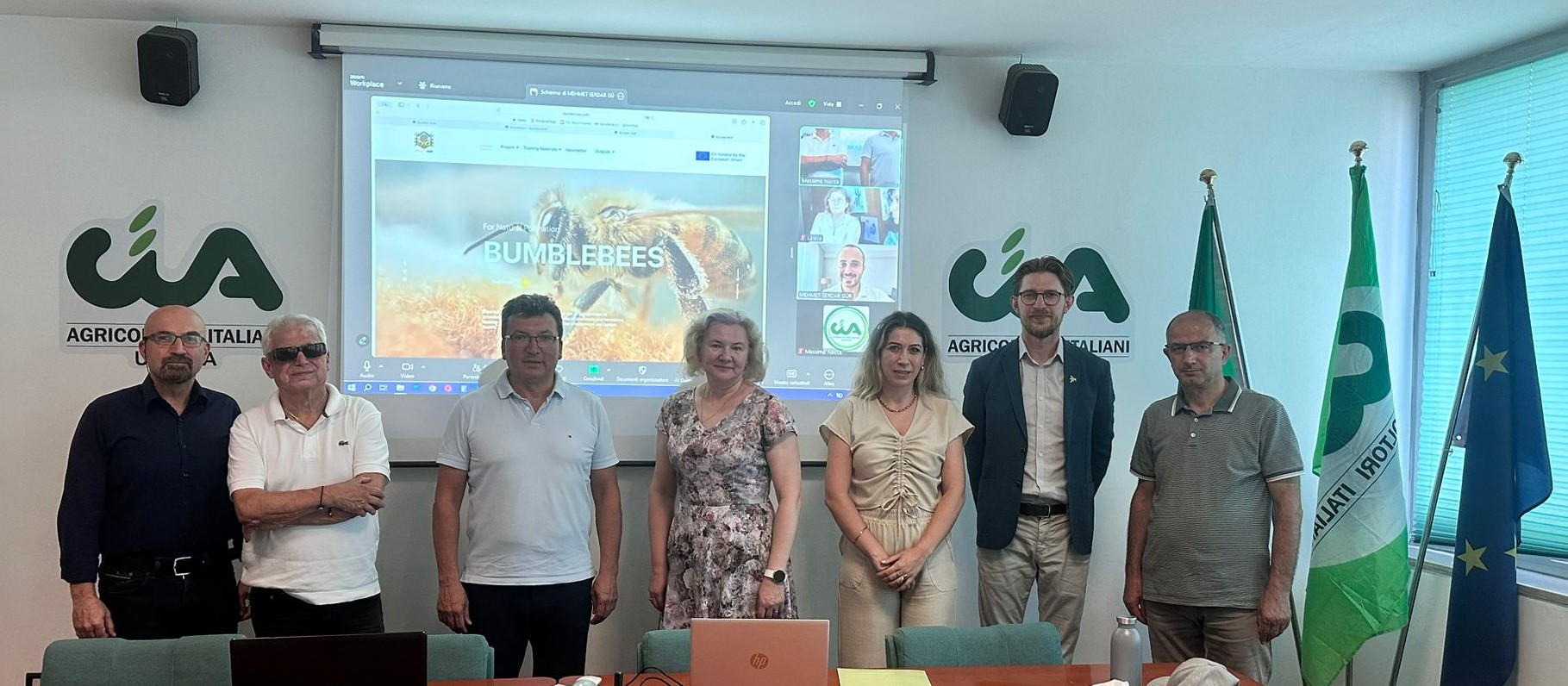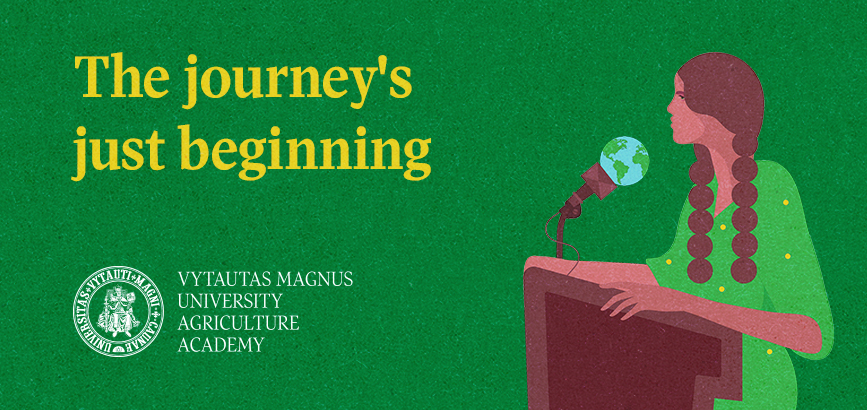The Second Erasmus+ “Bumble-NAP” Project Meeting in Italy

On June 26–27, 2025, the second international meeting of the Erasmus+ project “Bumblebees for Natural Pollination” (BUMBLE-NAP, No. 2024-1-TR01-KA220-VET-000254015) was held in Perugia, Italy. The meeting brought together representatives from Turkey, Italy, Bulgaria, and Lithuania. Vytautas Magnus University was represented by the team from the Department of Environmental Sciences and Ecology at the Agriculture Academy.
As part of the project’s activities, the aim is to promote the use of bumblebees in greenhouse farming as a natural alternative for pollination, reducing the use of chemical substances and hormones in agriculture. The project is coordinated by the Municipality of Serik in Antalya (Turkey), with partners including Aydin Adnan Menderes University (Turkey), the Farmers’ Confederation of the Umbria Region (Italy), the Institute of Agriculture of Stara Zagora (Bulgaria), and Vytautas Magnus University (Department of Environmental Sciences and Ecology, Agriculture Academy, Lithuania). The project runs for two years, with completion scheduled for November 30, 2026.
The main objective of the project is not only to support environmentally friendly pollinators like bumblebees in greenhouse agriculture but also to strengthen the vocational education and training (VET) system in the agricultural sector by developing practical learning tools and methodological materials.
On the first day of the meeting, held at the CIA Umbria office in Perugia, partners presented project coordination and management progress and discussed national research results from Turkey, Bulgaria, Italy, and Lithuania. The VMU Agriculture Academy team shared the outcomes of the Lithuanian study, highlighting both strengths and areas for improvement in the practical use of bumblebees in agriculture.
Additionally, the development of an e-learning platform and the structure of upcoming interactive training modules were presented. Partners discussed future dissemination tools, including educational videos, a methodological handbook, and a practical training course aimed at greenhouse workers and VET institutions. The meeting concluded with a discussion on financial and management issues, as well as planning for the third partner meeting.
The second day was dedicated to an educational visit to the Augusto Ciuffelli Agricultural College – the oldest agricultural education institution in Italy, operating since 1864. The college is located in Todi, within the historic 12th-century Montecristo Monastery complex, and is recognized for its strong infrastructure for practical training.
Partners visited modern hydroponic cultivation systems – highly relevant to the topic of greenhouse pollination – and explored the college’s educational farm, which includes olive groves, vineyards, and precision agriculture experiments.
A highlight of the visit was the ceroplastic collection of wax fruit models, reflecting ancient fruit varieties. These meticulously crafted models are used for educational purposes and help foster understanding of regional plant diversity and its conservation.
Participation in this meeting strengthened international collaboration, encouraged the exchange of knowledge on bumblebees as a sustainable pollination method, and supported further development of the project’s educational tools. The contribution of the VMU Agriculture Academy team to research analysis and learning content development is a vital part of the project’s overall progress.












